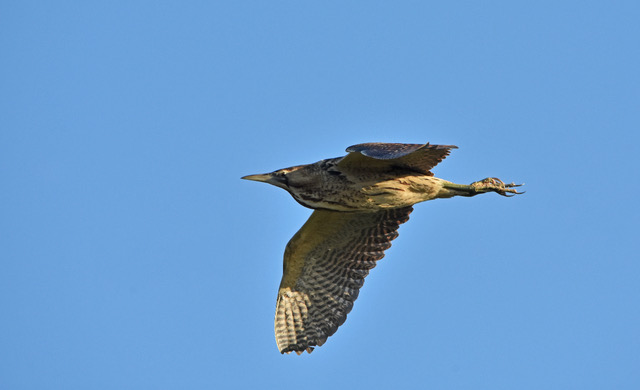Burgh Common and Muckfleet Marshes is a very important area of the Broads for its wide range of habitat and species. For these reasons it is recognised nationally as a Site of Special Scientific Interest (SSSI) and internationally as a Special Protection Area (SPA), Special Area of Conservation (SAC), and Ramsar site.
The Trustees manage the land to maintain and improve it where possible with assistance from Natural England, Norfolk Wildlife Trust, Broads Authority and others. With their collaboration we have a management plan in place to do work such as ditch maintenance and fen cutting and in 2008 mud pumping took place on Little Broad allowing many uncommon water plants to reappear including Bladderwort and five species of Stonewort.
Cattle grazing is also part of the management and has taken place here for many generations. This light grazing along with occasional mowing keeps the rush under control especially in areas of Purple Moor Grass Meadows which qualify as a feature under SAC legislation. This is a particularly rare feature in the Broads.
Burgh Common covers approximately 60 hectares and has some of the most diverse fen vegetation in the Broads, which supports a vast array of invertebrates and bird life.
Surveys are often carried out on Burgh Common by experts in their various fields and the data from these surveys provide a good indication to how well the common is doing. Geoff Nobes in his survey in 2006 rated it among the best five fen sites for aquatic beetles, recording 9 Red Data Book and 21 Notable species in that group alone.
Among the many plant species found are the locally rare Pugsley’s Marsh Orchid, Marsh Fern, Marsh Pea, Marsh Sow Thistle, the rare Water Soldier, Fen Pondweed and the Nationally scarce species Cowbane and Milk Parsley.

Also breeding in the area is the Norfolk Hawker Dragonfly, another nationally rare species.
Well over 200 species of moth have also been recorded there in recent years, including some Red Data species such as the Broom Moth.
Other Red Data Species found there are Desmoulin’s Whorl-Snail, the Slender Amber Snail and the rare Shiny Ramshorn Snail. A Water Bug microvelia buenoi, Diving Beetle hydaticus transversalis, Water Beetle dryops anglicans, Shore Fly ochthera manicata and a Snail Killing Fly tetanocera freyi.
Many other nationally rare beetles and flies have been recorded including the Hairy Dragonfly and the Willow Emerald Damselfly.
Birds breeding on the site include Marsh Harrier, Turtle Dove, Grass-Hopper Warbler, Cuckoo, Heron and Bullfinch. Hen Harriers have been known to winter there.

